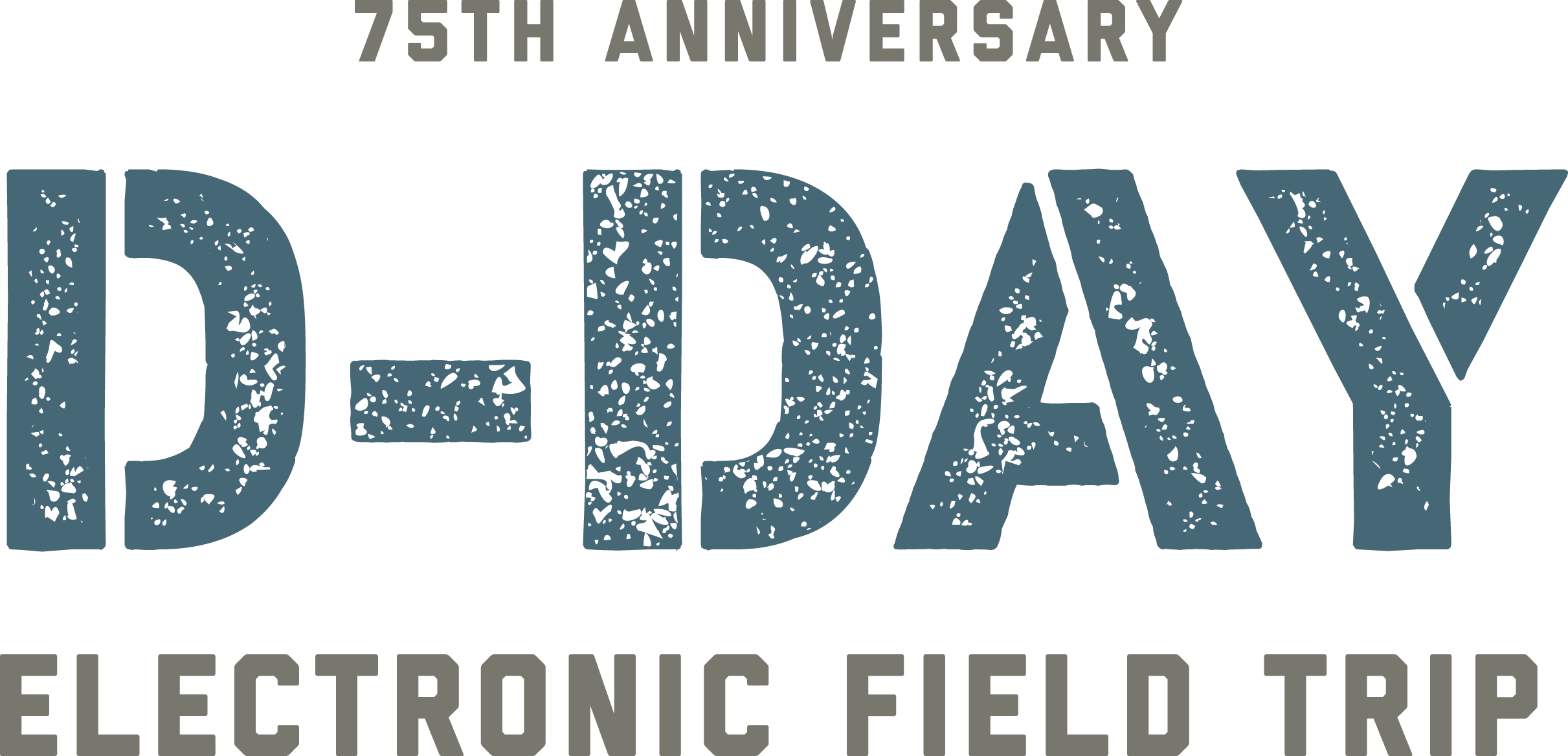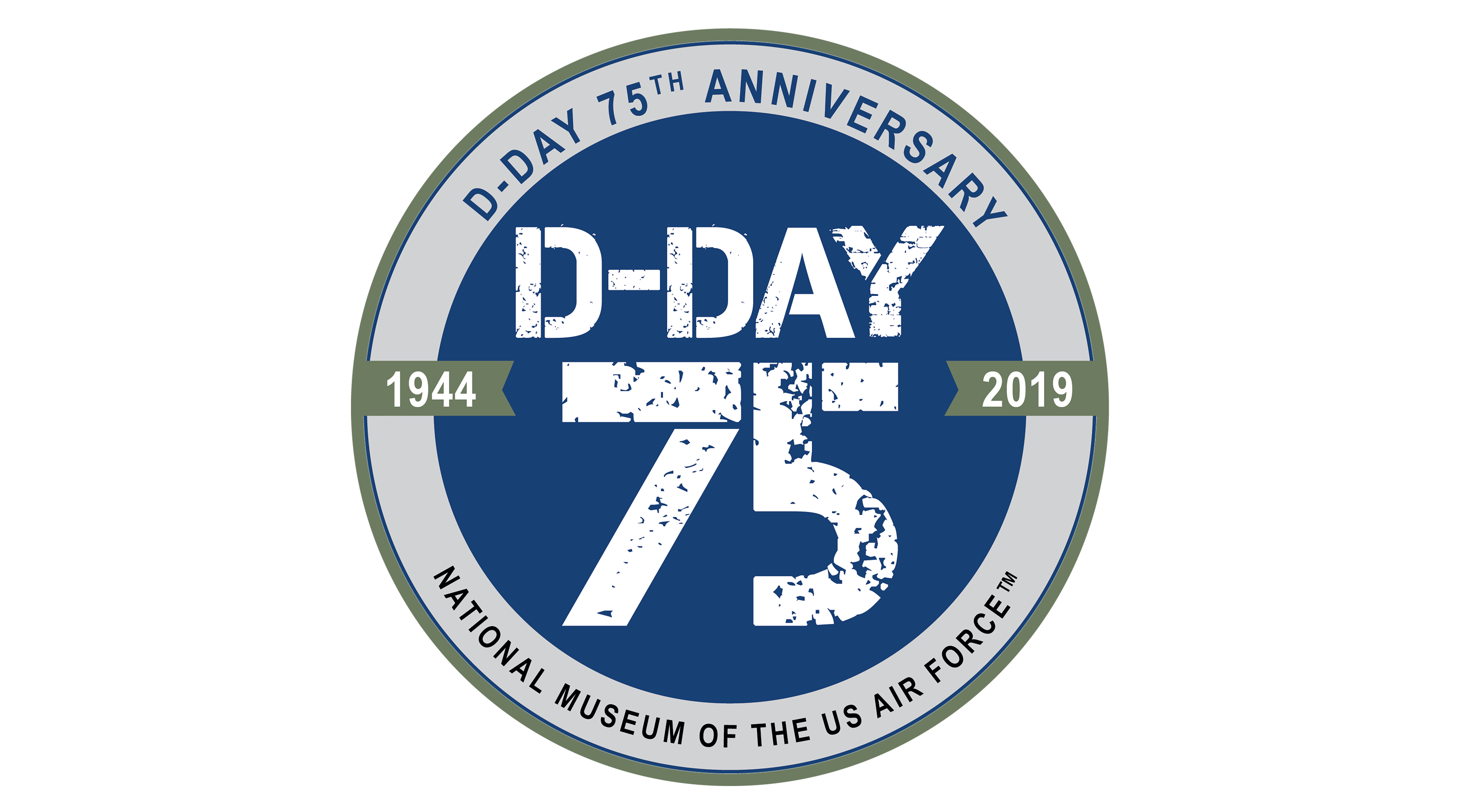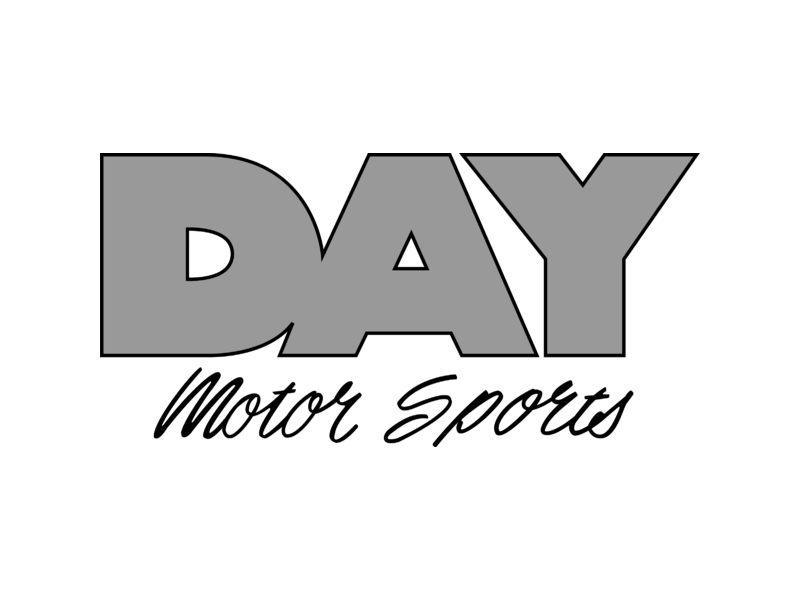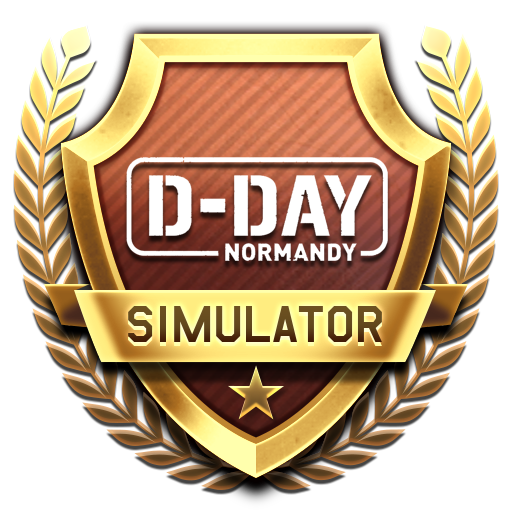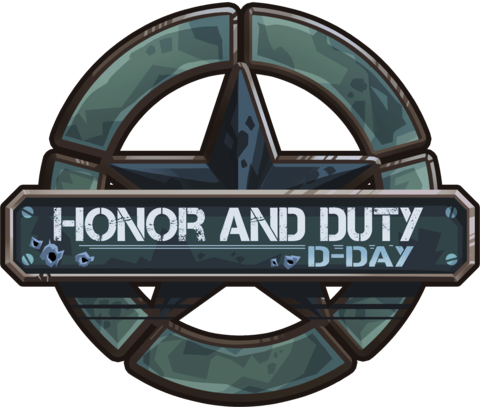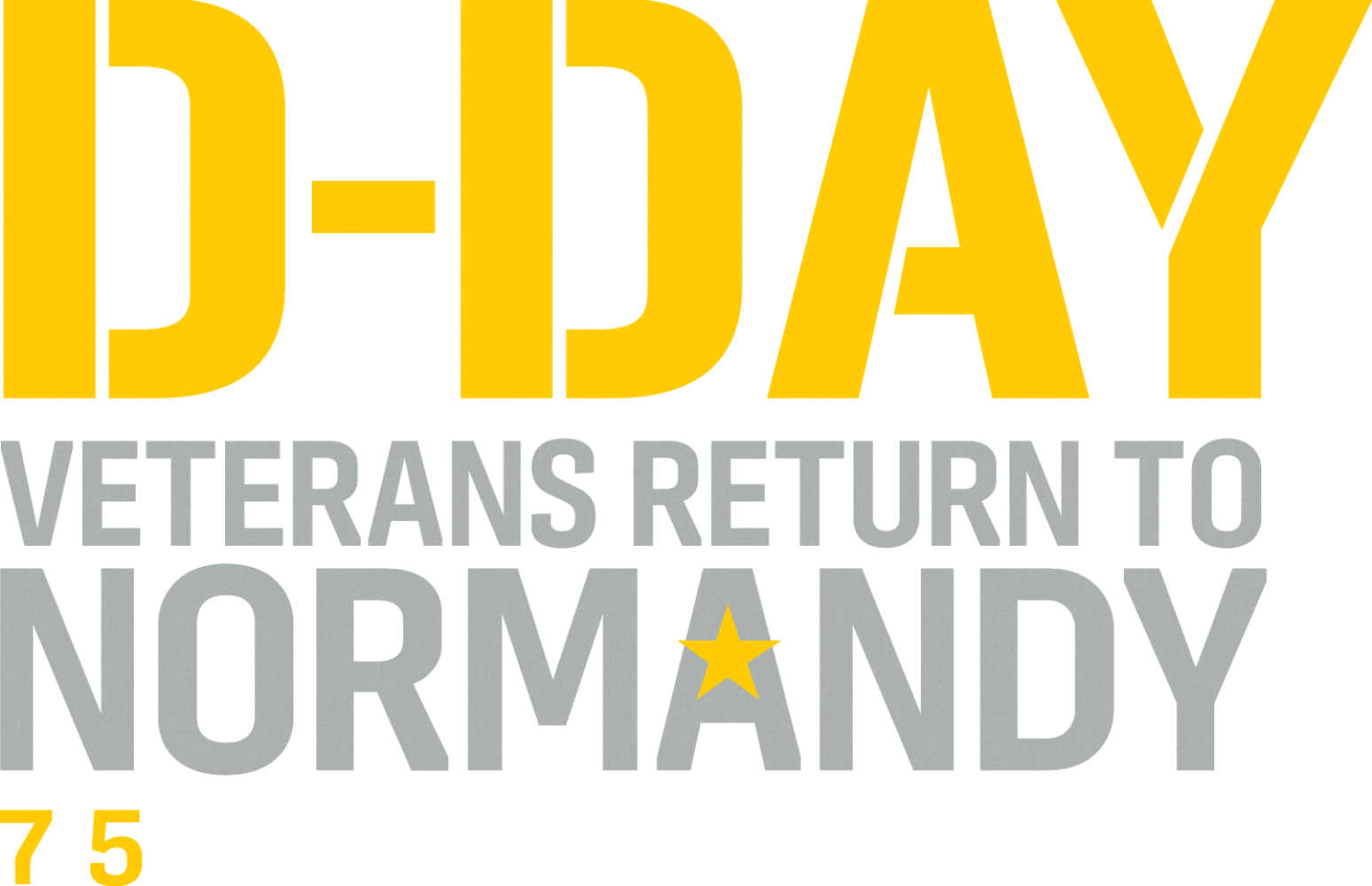Download top and best high-quality free D-Day PNG Transparent Images backgrounds available in various sizes. To view the full PNG size resolution click on any of the below image thumbnail.
License Info: Creative Commons 4.0 BY-NC
D-Day, the largest amphibious invasion in history, was a crucial turning point in World War II. It took place on June 6, 1944 and was the Allied invasion of German-occupied France. This operation was planned for months, and its success was pivotal in defeating Nazi Germany.
The Significance of D-Day
The objective of D-Day was to establish a foothold in France, which would then allow the Allies to advance and liberate Europe from Nazi control. The Allies landed on five beaches along the Normandy coast in France, which were codenamed Juno, Gold, Sword, Omaha, and Utah. The invasion force consisted of over 156,000 American, British, and Canadian soldiers, 5,000 ships and landing craft, and 11,000 aircraft.
D-Day was a massive operation that required precision planning. The weather was a significant factor, and the invasion had to be postponed multiple times due to unfavorable conditions. However, when the weather finally cleared, General Dwight D. Eisenhower, the Supreme Allied Commander, gave the final order to launch the invasion.
The Invasion
The invasion began in the early hours of June 6, and paratroopers were dropped behind enemy lines to disrupt German defenses. The main invasion force landed on the beaches, which were heavily fortified with obstacles and bunkers. The soldiers faced intense resistance from the German defenders, who fought fiercely to repel the invasion.
Omaha Beach, in particular, saw some of the toughest fighting and resulted in many American casualties. However, despite the heavy losses, the Allies were able to establish a foothold on the beaches and begin their advance into France. Over the next several weeks, the Allied forces pushed inland, liberating towns and cities and finally breaking through German defenses.
The Impact of D-Day
D-Day was a decisive moment in World War II and marked the beginning of the end for Nazi Germany. The success of the invasion forced the Germans to fight a two-front war, as they were already engaged in a fierce battle on the Eastern Front with the Soviet Union.
The invasion of Normandy also had a psychological impact on the Germans, who had believed that an invasion was unlikely. This led to their forces being spread thin along the Atlantic Wall, which allowed the Allies to gain a significant advantage.
Moreover, the success of D-Day gave the Allies a much-needed boost in morale and sparked a wave of optimism that the war could be won. As Allied forces pushed deeper into Europe, they continued to liberate countries from Nazi control and eventually brought an end to the war.
The Legacy of D-Day
D-Day remains one of the most significant events in modern history and has left a lasting legacy. The invasion demonstrated the power of allied cooperation in achieving a common goal and highlighted the importance of strategic planning and preparation in achieving success.
Furthermore, it has become a symbol of the sacrifices made by Allied soldiers in the fight against tyranny and oppression. The bravery and heroism displayed by the soldiers who landed on the Normandy beaches are still remembered and honored today.
D-Day was a turning point in World War II and a remarkable feat of military planning and execution. It was the starting point of the liberation of Europe and the beginning of the end for Nazi Germany. Today, it is remembered as a testament to the sacrifice and valor of all those who served in the war and a reminder of the importance of standing up for freedom and democracy.
Download D-Day PNG images transparent gallery
- D Day PNG Picture
Resolution: 512 × 512
Size: 20 KB
Image Format: .png
Download
- D Day PNG
Resolution: 550 × 200
Size: 39 KB
Image Format: .webp
Download
- D Day Transparent
Resolution: 2422 × 1167
Size: 146 KB
Image Format: .png
Download
- D Day
Resolution: 4049 × 2250
Size: 945 KB
Image Format: .png
Download
- D Day Background PNG
Resolution: 800 × 600
Size: 27 KB
Image Format: .png
Download
- D Day No Background
Resolution: 560 × 196
Size: 140 KB
Image Format: .png
Download
- D Day PNG Background
Resolution: 512 × 512
Size: 303 KB
Image Format: .png
Download
- D Day PNG Clipart
Resolution: 512 × 512
Size: 24 KB
Image Format: .png
Download
- D Day PNG Cutout
Resolution: 276 × 400
Size: 89 KB
Image Format: .png
Download
- D Day PNG File
Resolution: 2374 × 1296
Size: 64 KB
Image Format: .png
Download
- D Day PNG Free Image
Resolution: 690 × 213
Size: 209 KB
Image Format: .png
Download
- D Day PNG HD Image
Resolution: 1024 × 537
Size: 182 KB
Image Format: .png
Download
- D Day PNG Image File
Resolution: 480 × 407
Size: 127 KB
Image Format: .png
Download
- D Day PNG Image HD
Resolution: 500 × 500
Size: 3 KB
Image Format: .png
Download
- D Day PNG Image
Resolution: 567 × 179
Size: 15 KB
Image Format: .png
Download
- D Day PNG Images HD
Resolution: 1548 × 1000
Size: 643 KB
Image Format: .png
Download
- D Day PNG Images
Resolution: 426 × 200
Size: 66 KB
Image Format: .png
Download
- D Day PNG Photo
Resolution: 690 × 225
Size: 163 KB
Image Format: .png
Download
- D Day PNG Photos
Resolution: 614 × 300
Size: 159 KB
Image Format: .png
Download
- D Day PNG Pic
Resolution: 512 × 512
Size: 49 KB
Image Format: .png
Download


